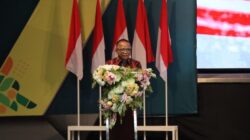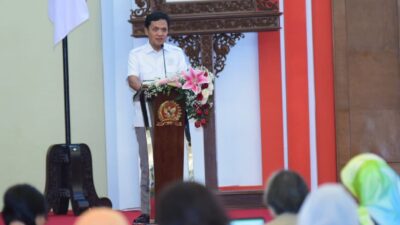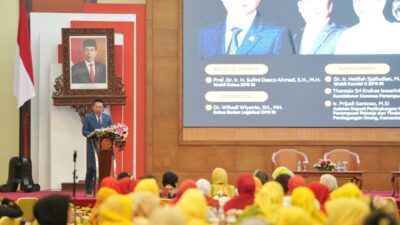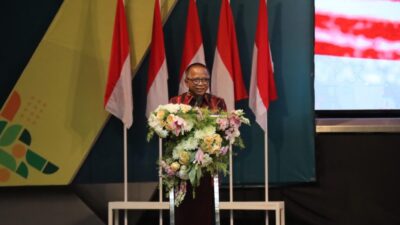Article: Can 60% of Jakarta’s Residents Use Public Transportation by 2030?
Jakarta, the buzzing capital city of Indonesia, is known for its notorious traffic congestion, which has only worsened over the years. With the population exceeding 10 million people and steadily growing, improving the city’s transportation system has become a pressing issue. The Jakarta administration has set an ambitious target to have 60% of Jakartans using public transportation by 2030. But the question remains, is this goal feasible?
The need for a comprehensive and efficient public transportation system in Jakarta cannot be overstated. The current situation is characterized by overcrowded roads, long travel times, and constant frustrations for commuters. The city’s reliance on private vehicles is a major contributor to the traffic congestion, as many Jakarta residents prefer the convenience and privacy of their cars or motorcycles.
However, the administration has been working tirelessly to address this issue. Initiatives such as the construction of the Jakarta MRT (Mass Rapid Transit) system and the expansion of TransJakarta bus routes have been steps in the right direction. The MRT, which was launched in 2019, has significantly improved connectivity and reduced travel times along its initial route. Plans are already underway to expand the network to cover more areas of the city.
Similarly, TransJakarta buses have become a popular mode of transportation for many residents. These buses run on dedicated lanes, ensuring more reliable and faster travel times, especially during peak hours. The TransJakarta network keeps expanding, offering a viable alternative to private vehicles for more people.
In addition to these improvements, the government has also implemented traffic management policies, such as the odd-even license plate system and car-free days, to encourage people to use public transportation. These measures aim to persuade drivers to leave their vehicles at home and utilize the available mass transportation options.
To achieve the goal of 60% of Jakarta’s residents using public transportation by 2030, significant challenges need to be overcome. Firstly, there is a mindset issue. Private vehicles are often seen as a status symbol, and public transportation can be stigmatized as being of lower quality. Changing this perception and instilling confidence in the public transportation system is essential.
Infrastructure improvements are another crucial factor. Expanding the MRT network, increasing the number of TransJakarta routes, and improving first and last-mile connectivity are vital steps. Investing in better pedestrian infrastructure, such as sidewalks and pedestrian bridges, is equally important to encourage people to walk to and from public transportation stations.
Furthermore, reducing fares and ticket prices can make public transportation more affordable, increasing its appeal. Subsidies and incentives for low-income groups could play a significant role in making public transportation accessible to everyone.
Public awareness campaigns are also essential to inform and educate the public about the benefits of using mass transit. Highlighting the environmental advantages, cost savings, and stress reduction of leaving private vehicles behind could sway more individuals to adopt public transportation as their primary mode of commuting.
While the target of 60% of Jakarta’s residents using public transportation by 2030 may seem ambitious, it is crucial for the long-term sustainability and livability of the city. The government, along with the private sector, needs to continue investing in and improving the transportation infrastructure, as well as addressing the factors that discourage people from using public transportation.
Ultimately, a well-functioning mass transit system in Jakarta can alleviate traffic congestion, reduce pollution, contribute to a healthier environment, and enhance the quality of life for its residents. With determination, investment, and the right strategies, it is possible for Jakarta to achieve its ambitious goal and become a shining example of successful urban transportation in Southeast Asia.












